As global markets continue to evolve, the demand for affordable and high-quality vehicles from China has surged, leading to an increased interest among Mexican consumers and businesses. This trade not only contributes to the economic ties between the two nations but also offers a range of options for importing vehicles. Whether you’re a dealership looking to expand your inventory or an individual seeking to purchase a car, understanding the intricacies of shipping vehicles from China to Mexico is crucial for a successful transaction.
Related Article : Shipping From China TO Mexico
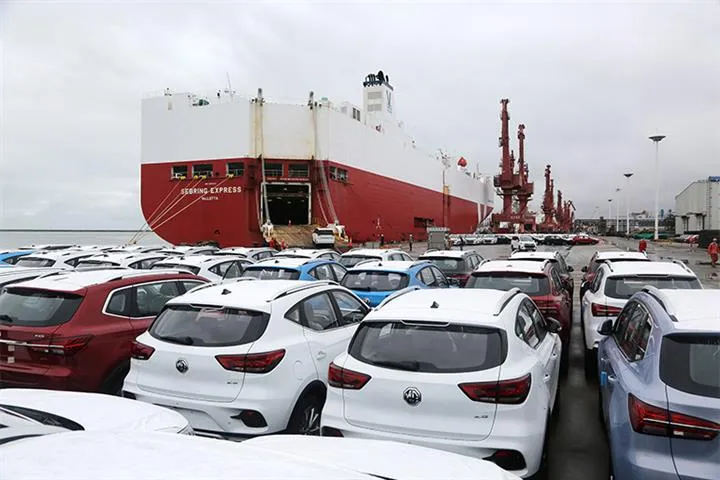
Current State of China-Mexico Automotive Trade
As of 2024, China has solidified its position as the world’s largest automobile exporter, showcasing its robust manufacturing capabilities and competitive pricing. Mexico, in turn, ranks as the second-largest destination for Chinese vehicle exports, reflecting a significant shift in the global automotive supply chain. In 2023 alone, approximately 415,000 vehicles were exported from China to Mexico, highlighting the growing demand for these vehicles in the Mexican market. This trend is likely to continue, as both countries seek to capitalize on trade agreements and economic cooperation.
Shipping Methods to Ship Cars from China to Mexico
When it comes to shipping cars from China to Mexico, there are several shipping methods available, each with its advantages and disadvantages. Below, we will discuss the two most common methods: Roll-on/Roll-off (RoRo) shipping and container shipping.
Roll-on/Roll-off (RoRo) Shipping
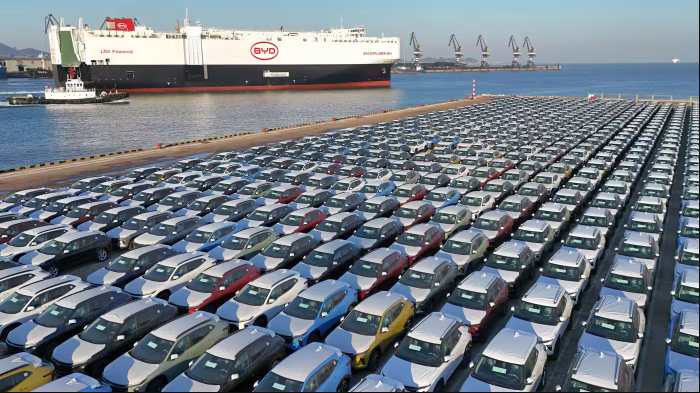
Roll-on/Roll-off (RoRo) shipping is a popular choice for transporting vehicles internationally. This method involves driving the vehicles directly onto the ship, where they are secured for transit. RoRo shipping is often more cost-effective compared to container shipping, making it an attractive option for bulk shipments.
- Cost: Generally lower than container shipping, especially for larger volumes.
- Safety: Vehicles are secured on the deck, minimizing movement during transit, but they are exposed to the elements.
- Suitability: Ideal for standard vehicles and non-delicate cargo.
Container Shipping
Container shipping involves placing vehicles in a shipping container, providing added protection during transit. This method is especially useful for high-value cars or when shipping multiple vehicles at once.
- Cost: Typically higher than RoRo, but pricing can vary based on container sizes and shipping routes.
- Safety: Vehicles are protected from environmental factors, reducing the risk of damage.
- Suitability: Best for luxury vehicles, vintage cars, or when additional items need to be shipped alongside the vehicle.
Comparison of Methods: Cost, Safety, and Suitability for Different Vehicle Types
| Shipping Method | Cost | Safety | Suitable For |
|---|---|---|---|
| Roll-on/Roll-off (RoRo) | Generally Lower | Moderate (exposed) | Standard vehicles, bulk shipments |
| Container Shipping | Typically Higher | High (protected) | Luxury cars, vintage vehicles, mixed cargo |
In conclusion, choosing the right shipping method for importing cars from China to Mexico depends on various factors, including budget, type of vehicle, and desired level of protection during transit. For a seamless and cost-effective shipping experience, consider partnering with a reliable logistics provider like Dantful International Logistics, which offers comprehensive services tailored to meet your needs.
READ MORE:
- Shipping From China to the United States
- Shipping From China TO Canada
- Shipping From China TO Mexico
- Shipping From China to Panama
- Shipping From China to Costa Rica
- Shipping From China to Brazil
- Shipping From China TO Colombia
- Shipping From China to Jamaica
- Shipping From China to Venezuela
Shipping Process

The shipping process for vehicles from China to Mexico involves several crucial steps that ensure a smooth transaction and compliance with regulations. Below, we break down the key components of this process.
Preparation of Vehicles for Export
Before shipping, it is essential to prepare the vehicles adequately. This preparation includes:
- Cleaning: Thoroughly clean the vehicle to remove any dirt or contaminants that may cause customs issues.
- Condition Reporting: Document the current condition of the vehicle, including photographs and descriptions, to avoid disputes over damages during transit.
- Fuel Levels: Ensure that the fuel tank is no more than a quarter full to comply with shipping regulations.
- Remove Personal Items: Take out any personal items from the vehicle to avoid complications during customs clearance.
Documentation Requirements
Proper documentation is critical for the successful importation of vehicles. The following documents are typically required:
- Bill of Lading: A contract between the shipper and the carrier, outlining the terms of transportation.
- Commercial Invoice: A document detailing the sale transaction, including vehicle specifications and pricing.
- Export License: In some cases, an export license may be required, depending on the type of vehicle and its value.
- Ownership Documents: Proof of ownership, such as the title or registration documents, to verify that the vehicle is legally exported.
Choosing a Reliable Shipping Company or Freight Forwarder
To navigate the complexities of importing vehicles, partnering with a reliable shipping company or freight forwarder is crucial. Companies like Dantful International Logistics offer expert logistics services that streamline the shipping process. They provide assistance with documentation, customs clearance, and ensure that your vehicles are transported safely and efficiently. Their extensive experience in international logistics equips them to handle all aspects of the shipping process, making them an ideal choice for your vehicle import needs.
Dantful International Logistics Services:
- Dantful Ocean Freight Services
- Air Freight From China
- Amazon FBA Freight Forwarding
- WAREHOUSE Services
- One-Stop Customs Clearance Solution
- Cargo Insurance Services in China
- DDP Shipping Services By Dantful Logistics
- Out of Gauge Cargo Transportation Shipping Services
Shipping Routes and Transit Times
Understanding the shipping routes and transit times is vital for planning your vehicle importation effectively.
Major Ports in China for Car Exports
Several ports in China serve as major hubs for vehicle exports, including:
- Shanghai Port: One of the busiest ports in the world, known for its extensive logistics infrastructure.
- Ningbo Port: A key port for international shipping, particularly for automobile exports.
- Guangzhou Port: Located in southern China, it is strategically positioned for exports to Southeast Asia and beyond.
Key Mexican Ports for Vehicle Imports
When importing vehicles into Mexico, the following ports are significant entry points:
- Veracruz Port: The largest port in Mexico, handling a substantial volume of automobile imports.
- Manzanillo Port: A major container terminal on the Pacific coast, facilitating vehicle imports and transshipments.
- Altamira Port: Located in Tamaulipas, this port is also important for vehicle imports due to its efficient logistics capabilities.
Average Transit Times Between Chinese and Mexican Ports
The average transit time for shipping vehicles from China to Mexico typically ranges from 25 to 45 days, depending on the shipping method and specific routes chosen. Factors such as weather conditions, port congestion, and customs clearance can also impact transit times. Therefore, it is advisable to keep these variables in mind when planning your importation.
Costs Involved
When importing vehicles from China to Mexico, several costs must be considered to ensure a comprehensive understanding of the total expenditure.
Shipping Costs (Starting at US$2,000)
Shipping costs can vary widely based on the method chosen, the type of vehicle, and the shipping company. Generally, costs start at around US$2,000 for RoRo shipping and can increase depending on the distance and specific requirements.
Import Duties (Ranging from 0% to 100%)
Import duties imposed by the Mexican government can significantly affect the overall cost of importing vehicles. These duties can range from 0% to 100%, depending on the vehicle’s value, age, and other factors. It is essential to consult with customs officials or a freight forwarder to understand applicable rates.
VAT (Ranging from 0% to 25%)
In addition to import duties, Value Added Tax (VAT) also applies to vehicle imports, typically ranging from 0% to 25%. This tax is calculated based on the vehicle’s declared value and must be factored into the total cost of importing.
Legal and Regulatory Requirements
Navigating the legal and regulatory landscape is essential when importing vehicles from China to Mexico. Understanding the requirements will ensure a smooth customs clearance process and compliance with national laws.
Mexican Import Regulations for Vehicles
Mexico has established specific import regulations that govern the entry of vehicles into the country. Key regulations include:
- Age Restrictions: Vehicles must typically be less than 8 years old; older vehicles may face more stringent import duties and requirements.
- Emissions Standards: Vehicles must comply with Mexican emissions standards, which may differ from those in China. Compliance with the NOM-040-SEMARNAT-2012 standard is often required.
- Import Permits: An import permit may be necessary for certain vehicle types, especially for luxury or high-performance cars.
Understanding and adhering to these regulations is crucial to avoid delays or potential penalties during the importation process.
Required Documentation for Customs Clearance
To clear customs in Mexico, specific documentation is needed. Required documents typically include:
- Bill of Lading: This document serves as proof of shipment and outlines the terms of transportation.
- Commercial Invoice: A detailed invoice describing the vehicle, its value, and the terms of sale.
- Proof of Payment: Evidence that the vehicle has been paid for, including bank transfer receipts or payment confirmations.
- Identity Verification: Identification documents of the importer, such as a passport or official ID, to establish legitimacy.
Ensuring that all documentation is accurate and complete will facilitate a smoother customs clearance process.
Registration as an Automobile Importer in Mexico
Individuals or businesses intending to import vehicles into Mexico must register as automobile importers. This registration requires:
- Tax Identification Number (RFC): Obtaining an RFC from the Servicio de Administración Tributaria (SAT) is necessary for all importers.
- Application Process: Submitting a formal application to the appropriate authorities, including necessary documentation and fees.
- Compliance with Local Laws: Importers must demonstrate an understanding of Mexican automotive regulations and commit to compliance.
Working with a knowledgeable logistics provider like Dantful International Logistics can simplify this process, ensuring that all legal and regulatory requirements are met.
Special Considerations for Electric Vehicles
As the global automotive landscape shifts towards sustainability, importing electric and hybrid vehicles introduces unique considerations. Understanding these requirements will ensure compliance and safety during transportation.
Additional Requirements for Shipping Electric or Hybrid Cars
When importing electric or hybrid vehicles into Mexico, specific requirements must be met, including:
- Compliance with Mexican Standards: Electric vehicles must adhere to specific Mexican standards for safety and emissions, similar to conventional vehicles.
- Battery Certification: Importers must provide certification regarding the battery systems, confirming they meet safety and environmental regulations.
- Special Import Permits: Depending on the battery’s specifications and vehicle type, additional permits may be required.
Consulting with experts in international logistics, such as Dantful International Logistics, will help navigate these specific regulations effectively.
Safety Precautions and Documentation for Battery Systems
Shipping electric vehicles involves additional safety considerations, especially regarding battery systems. Key safety precautions include:
- Proper Packaging: Batteries must be securely packaged to prevent damage during transit, adhering to international shipping regulations for hazardous materials.
- Documentation: Importers must possess proper documentation detailing the battery specifications, including capacity, type, and safety certifications.
- Emergency Response Plans: It is essential to have emergency response plans in place in case of battery incidents during transportation.
Challenges and Potential Risks

While the automotive trade between China and Mexico presents numerous opportunities, it is not without its challenges and potential risks. Understanding these factors can help importers navigate the complexities of the market effectively.
Tariff Concerns and Trade Restrictions
Tariff concerns are a significant challenge for businesses engaged in international trade. The evolving landscape of trade agreements can directly impact the cost and feasibility of importing vehicles from China to Mexico.
- Variable Tariff Rates: Tariffs may fluctuate based on international trade negotiations and policy changes. Importers must remain vigilant and informed about potential increases in tariffs, which can significantly affect overall costs.
- Customs Delays: Trade restrictions may lead to longer customs clearance times, resulting in delays that could hinder business operations or customer satisfaction.
- Compliance Costs: Importers may incur additional costs to ensure compliance with changing regulations, including fees associated with tariffs and other import duties.
Understanding these tariff concerns allows importers to plan effectively and mitigate potential financial impacts.
Impact of U.S. Trade Policies on China-Mexico Automotive Trade
The relationship between the U.S. and China can influence automotive trade dynamics between China and Mexico. Key impacts include:
- Policy Shifts: Changes in U.S. trade policies, such as stricter tariffs on Chinese imports, can have a ripple effect on Mexican manufacturers who source parts or vehicles from China. This interconnectedness means that U.S. policies can indirectly affect the cost and availability of vehicles in Mexico.
- Investment Flow: If U.S. tariffs on China increase, Mexican manufacturers may shift their sourcing strategies, impacting the volume of Chinese vehicles entering the Mexican market.
- Market Uncertainty: Fluctuations in U.S. trade policies can create uncertainty in the market, prompting businesses to reassess their strategies and partnerships.
Awareness of these U.S. trade policy impacts is crucial for businesses engaged in the China-Mexico automotive trade.
Potential for Increased Tariffs on Chinese Vehicles Manufactured in Mexico
As the automotive landscape evolves, there is potential for increased tariffs on Chinese vehicles manufactured in Mexico. Factors contributing to this concern include:
- Regional Trade Agreements: Changes in regional trade agreements may lead to higher tariffs imposed on vehicles produced in Mexico with Chinese components, impacting overall import costs.
- Political Climate: Political pressures and trade tensions between the U.S. and China may prompt stricter regulations on vehicles produced in Mexico that incorporate Chinese parts, resulting in increased tariffs.
- Economic Pressures: Economic considerations may push governments to implement protectionist measures, further complicating the trade environment for Chinese vehicles entering Mexico.
Importers need to remain informed and proactive in addressing these potential tariff increases, as they can significantly affect overall profitability.
FAQs
Q1: What are the steps for importing a vehicle from China to Mexico?
A1: The steps include preparing the vehicle for export, ensuring all required documentation is in order, choosing a reliable shipping method, and completing customs clearance upon arrival in Mexico.
Q2: How long does it take to ship a vehicle from China to Mexico?
A2: Average transit times range from 25 to 45 days, depending on the shipping method and specific routes chosen.
Q3: What are the potential costs involved in importing a vehicle?
A3: Costs can include shipping fees (starting at approximately US$2,000), import duties (ranging from 0% to 100%), and VAT (ranging from 0% to 25%).
Q4: Are there any restrictions on the age of vehicles imported into Mexico?
A4: Yes, vehicles must typically be less than 8 years old to be eligible for import into Mexico without facing additional regulations.
Q5: Why is it important to work with a freight forwarder like Dantful International Logistics?
A5: A freight forwarder can help navigate the complex import process, ensuring compliance with regulations, managing documentation, and providing expertise in logistics, which can save time and reduce risks.
References
- Mexican Government’s Automotive Import Regulations: SAT
- International Trade Administration – Automotive Industry Overview: ITA
- World Bank – Global Trade and Tariff Data: World Bank

Young Chiu is a seasoned logistics expert with over 15 years of experience in international freight forwarding and supply chain management. As CEO of Dantful International Logistics, Young is dedicated to providing valuable insights and practical advice to businesses navigating the complexities of global shipping.

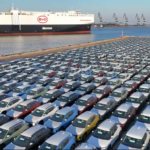






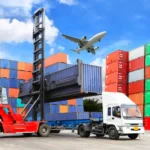

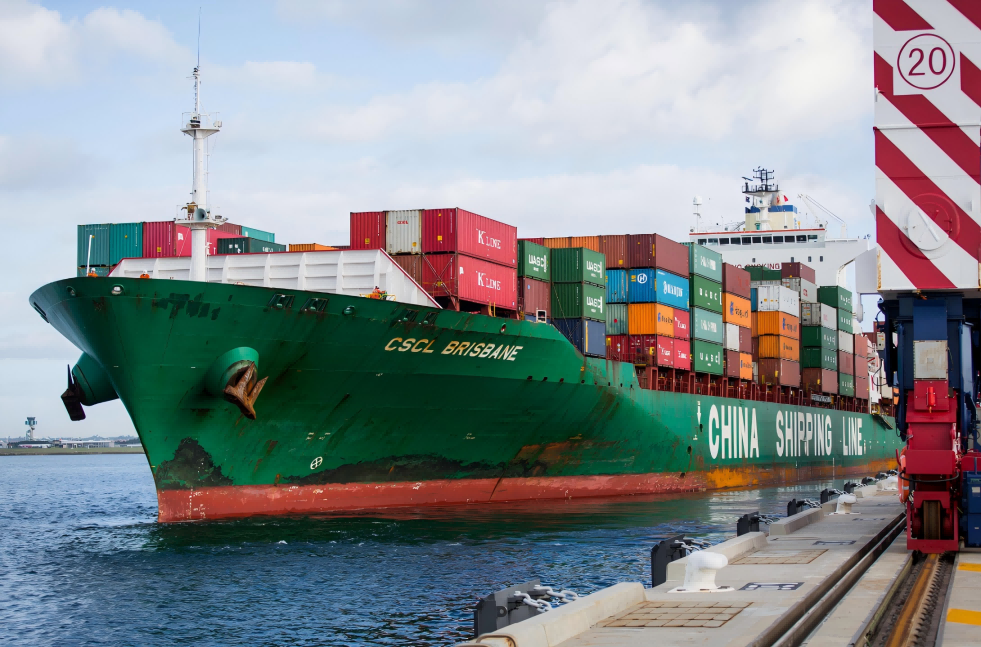
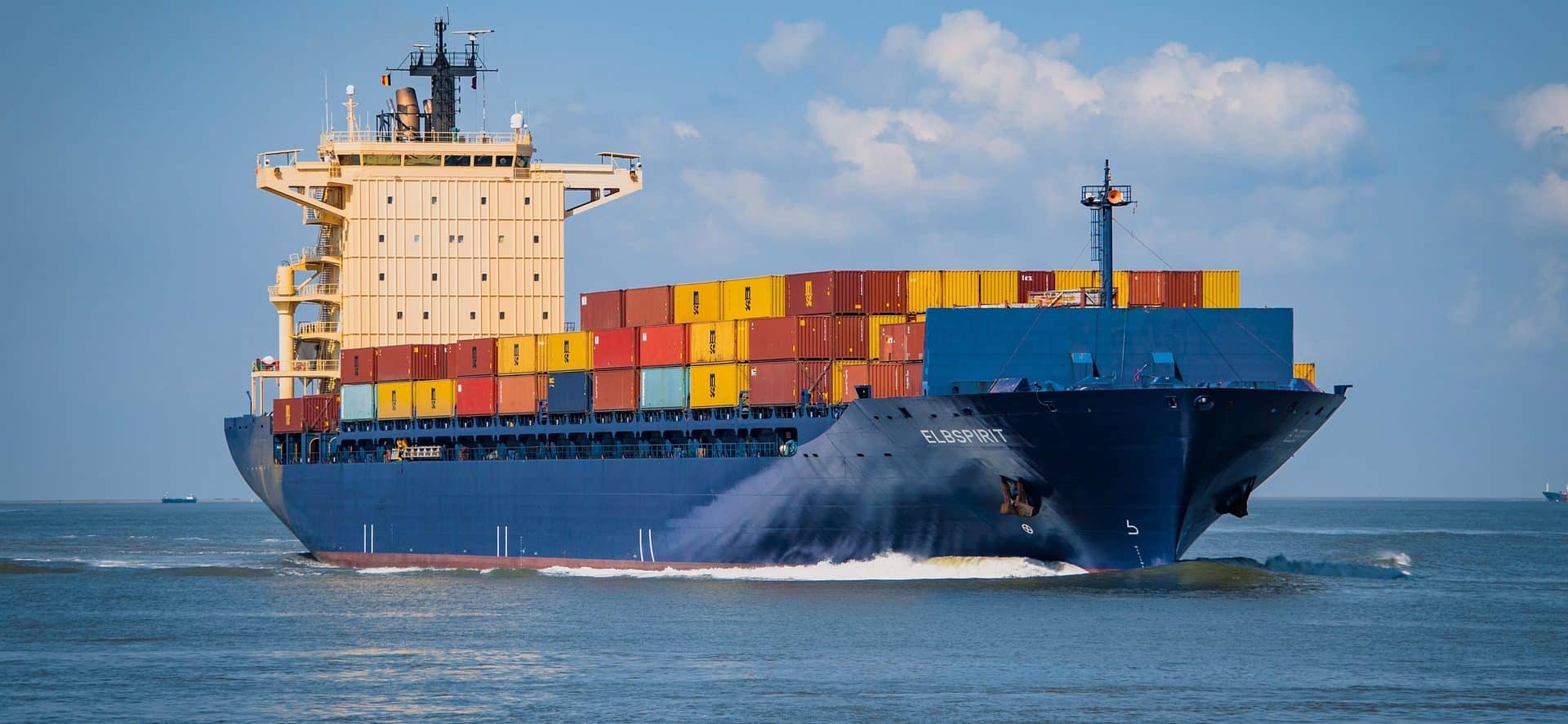

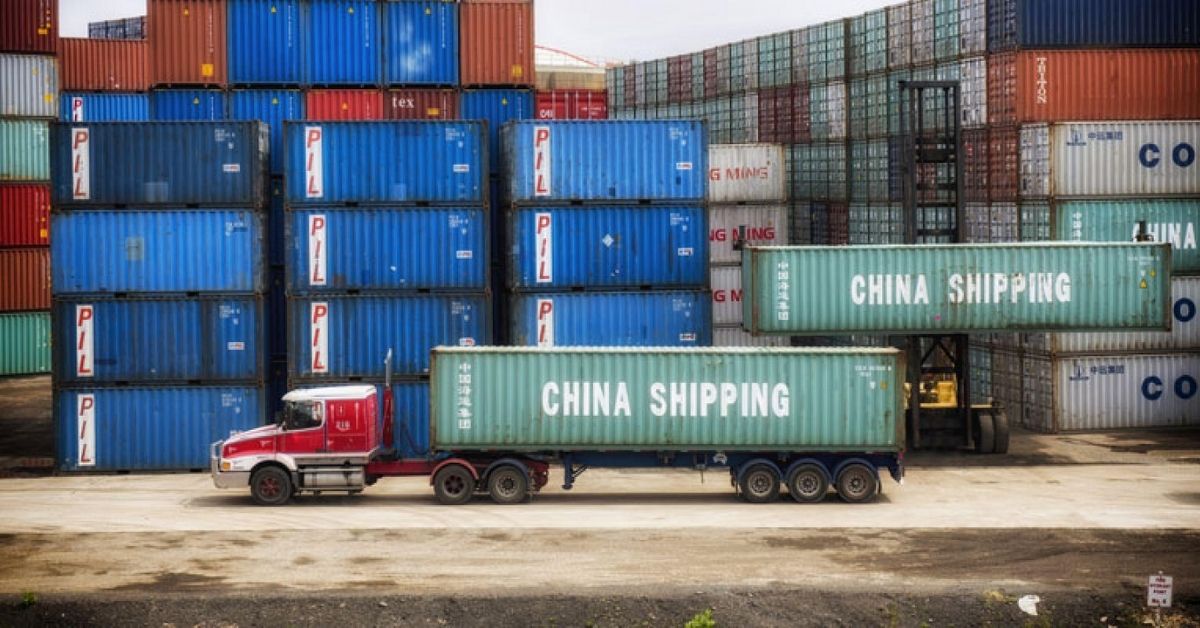





 Afrikaans
Afrikaans Shqip
Shqip አማርኛ
አማርኛ العربية
العربية Հայերեն
Հայերեն Azərbaycan dili
Azərbaycan dili Euskara
Euskara Беларуская мова
Беларуская мова বাংলা
বাংলা Bosanski
Bosanski Български
Български Català
Català Cebuano
Cebuano Chichewa
Chichewa 简体中文
简体中文 繁體中文
繁體中文 Corsu
Corsu Hrvatski
Hrvatski Čeština
Čeština Dansk
Dansk Nederlands
Nederlands English
English Esperanto
Esperanto Eesti
Eesti Filipino
Filipino Suomi
Suomi Français
Français Galego
Galego ქართული
ქართული Deutsch
Deutsch Ελληνικά
Ελληνικά Kreyol ayisyen
Kreyol ayisyen Harshen Hausa
Harshen Hausa Ōlelo Hawaiʻi
Ōlelo Hawaiʻi עִבְרִית
עִבְרִית हिन्दी
हिन्दी Hmong
Hmong Magyar
Magyar Íslenska
Íslenska Igbo
Igbo Bahasa Indonesia
Bahasa Indonesia Gaeilge
Gaeilge Italiano
Italiano 日本語
日本語 Basa Jawa
Basa Jawa ಕನ್ನಡ
ಕನ್ನಡ Қазақ тілі
Қазақ тілі ភាសាខ្មែរ
ភាសាខ្មែរ 한국어
한국어 كوردی
كوردی Кыргызча
Кыргызча ພາສາລາວ
ພາສາລາວ Latin
Latin Latviešu valoda
Latviešu valoda Lietuvių kalba
Lietuvių kalba Lëtzebuergesch
Lëtzebuergesch Македонски јазик
Македонски јазик Malagasy
Malagasy Bahasa Melayu
Bahasa Melayu മലയാളം
മലയാളം Maltese
Maltese Te Reo Māori
Te Reo Māori मराठी
मराठी Монгол
Монгол ဗမာစာ
ဗမာစာ नेपाली
नेपाली Norsk bokmål
Norsk bokmål پښتو
پښتو فارسی
فارسی Polski
Polski Português
Português ਪੰਜਾਬੀ
ਪੰਜਾਬੀ Română
Română Русский
Русский Samoan
Samoan Gàidhlig
Gàidhlig Српски језик
Српски језик Sesotho
Sesotho Shona
Shona سنڌي
سنڌي සිංහල
සිංහල Slovenčina
Slovenčina Slovenščina
Slovenščina Afsoomaali
Afsoomaali Español
Español Basa Sunda
Basa Sunda Kiswahili
Kiswahili Svenska
Svenska Тоҷикӣ
Тоҷикӣ தமிழ்
தமிழ் తెలుగు
తెలుగు ไทย
ไทย Türkçe
Türkçe Українська
Українська اردو
اردو O‘zbekcha
O‘zbekcha Tiếng Việt
Tiếng Việt Cymraeg
Cymraeg יידיש
יידיש Yorùbá
Yorùbá Zulu
Zulu